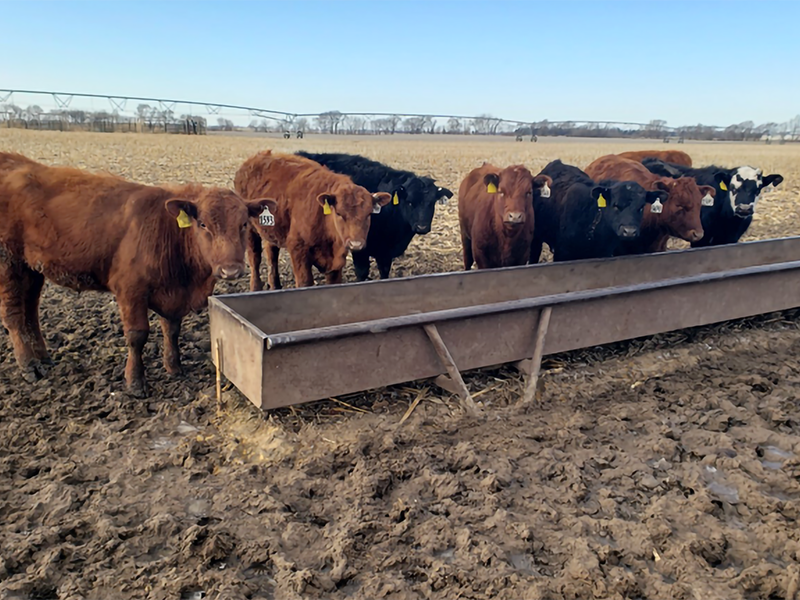Conservation

Planting beneficial plants next to gardens and crop fields large and small has been a standard practice for decades, even centuries. The plants provide what are known as ecosystem services. These include attracting pollinators and preventing weeds.

A new study suggests we may have more opportunities to protect our waterways. That’s because one system for keeping too many nutrients out of streams could be used more widely than it is now.

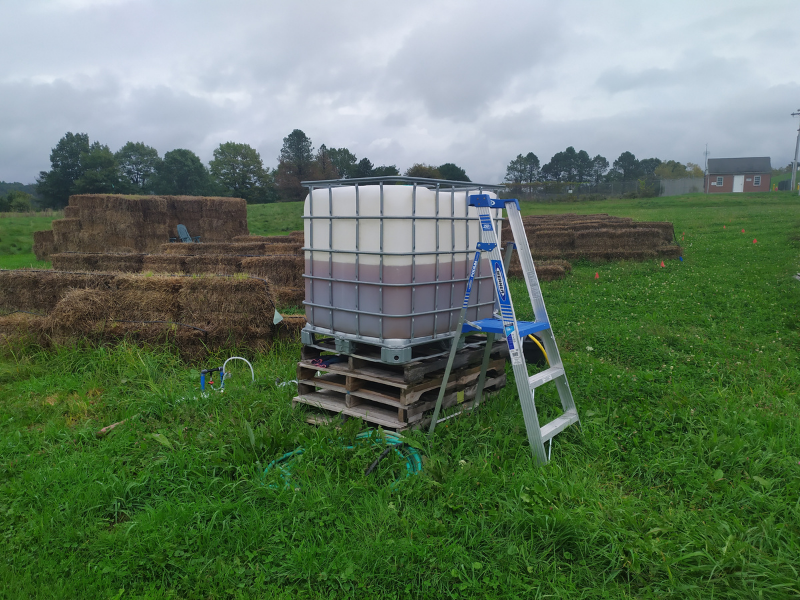
The current modern economy creates a lot of waste. Waste that piles up in landfills, in water bodies and in city streets. In countries that can afford wastewater systems, human excreta are usually dealt with in a sanitary fashion. But for poorer countries, the disposal of human waste, especially in cities, can cause health problems.

Healthy soils are a precious resource. They are vital for protecting ecosystems, maintaining water quality, producing crops, and mitigating climate change.

The water cycle is a delicate balance. In natural settings, water from rainfall or snowmelt can soak into soil or runoff to streams. Some of the water is stored in natural underground reservoirs – called groundwater. Plants use up the water to grow, and then new precipitation refills the groundwater – a process called groundwater recharge.
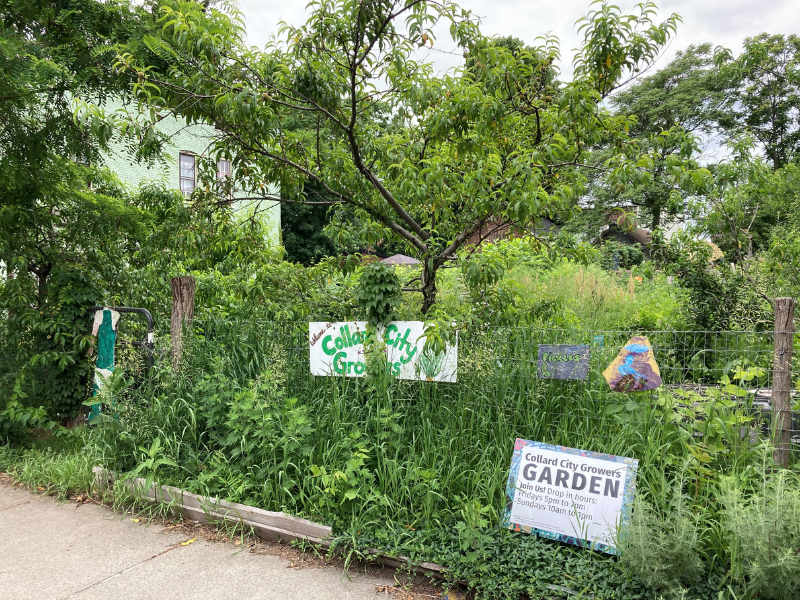
Today’s cities don’t have walls for protection like ancient ones, but they are separate from less urban and rural land. Most goods that city-dwellers purchase are brought in from rural farms and manufacturers. There is an active community of urban gardeners and landscape architects who are trying to bring more of the “country” back into the city. And for good reason.

You may have heard the term “carbon sequestration.” In its basic terms, it refers to keeping and returning carbon to the soil. Since carbon is an element, how and why should this be done?
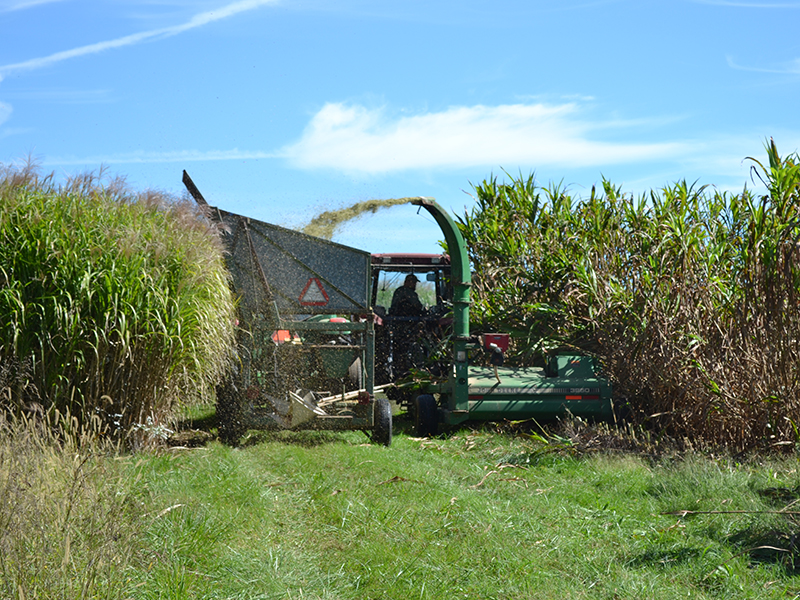
Traditional crops are not a good match for all farmland, such as parts of the North Carolina Piedmont region.
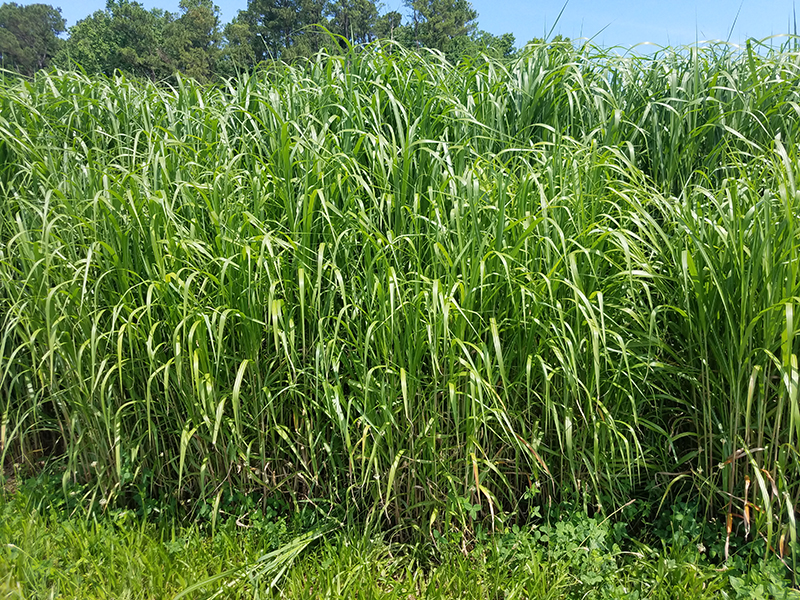
Here, farmers need more options because some of the soils are poor, have been eroded, and often experience drought. Bioenergy crops may be a good option on these lands.

The United States grows a lot of corn and soybeans. Some researchers think it’s a good idea to add wheat into that mix.


